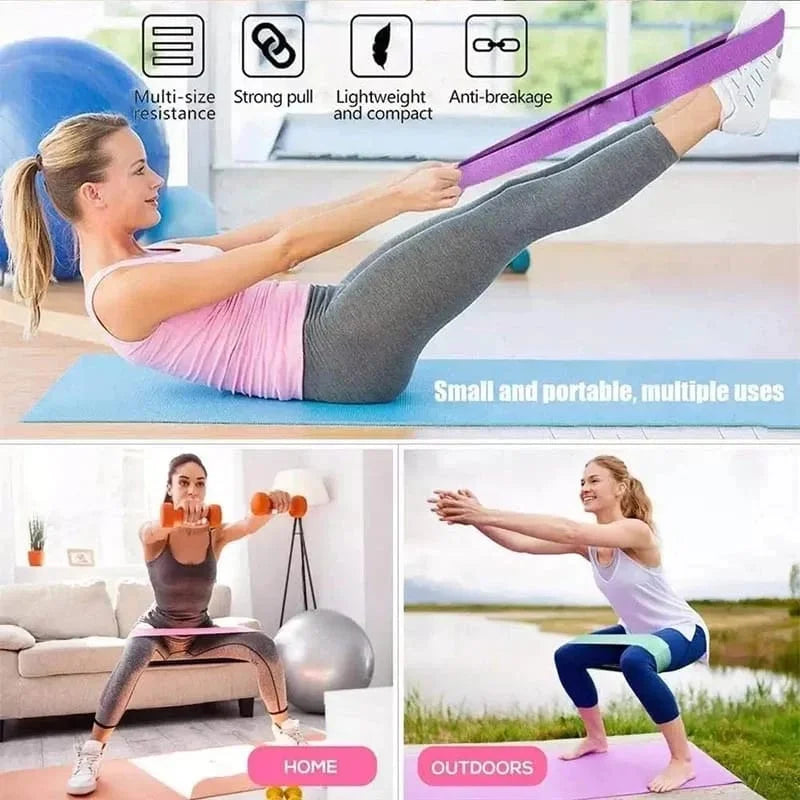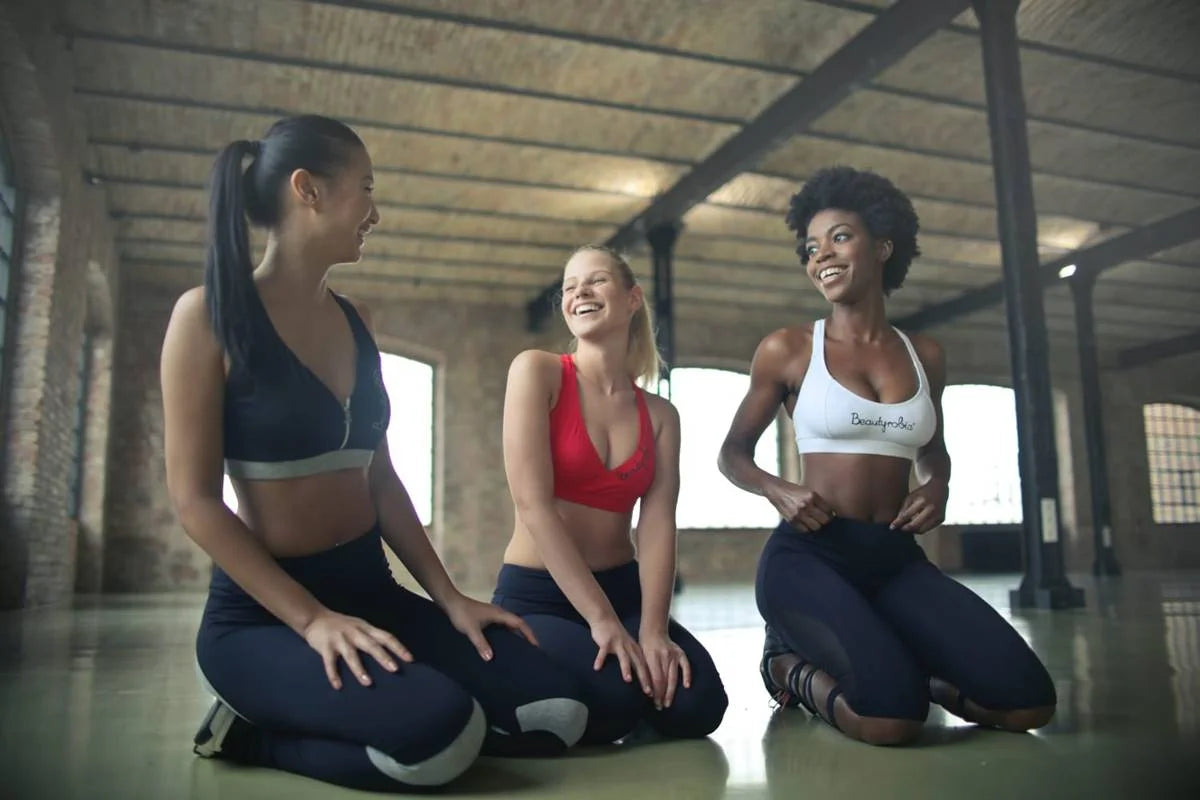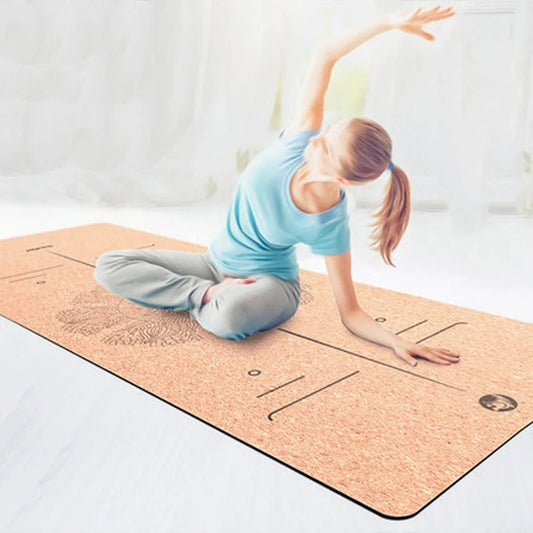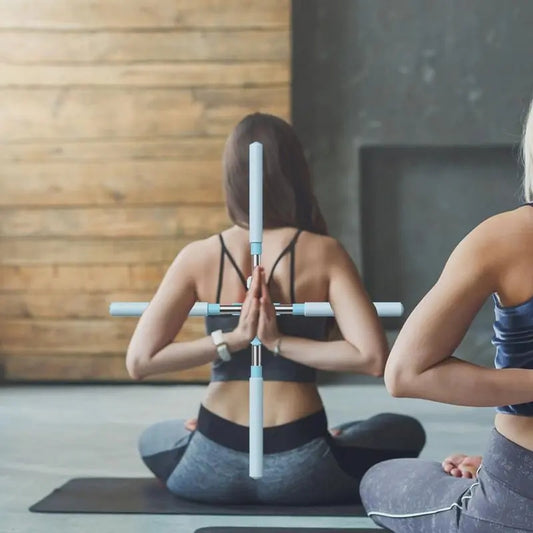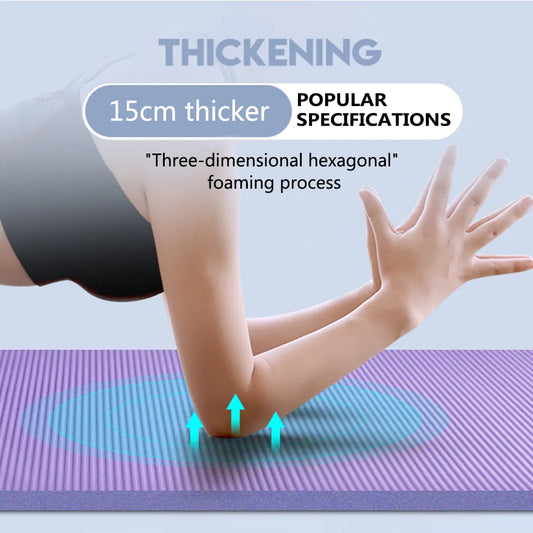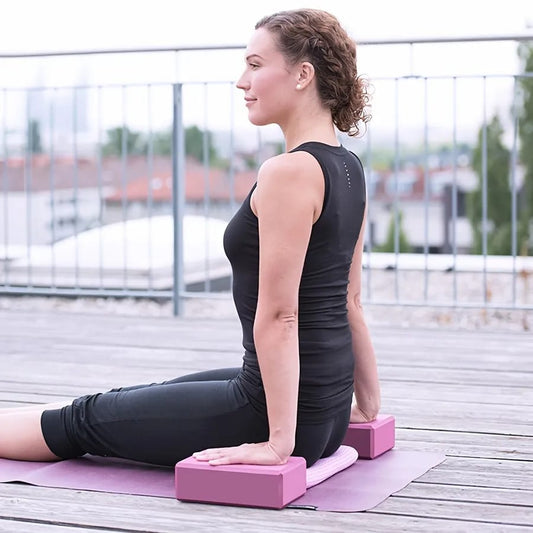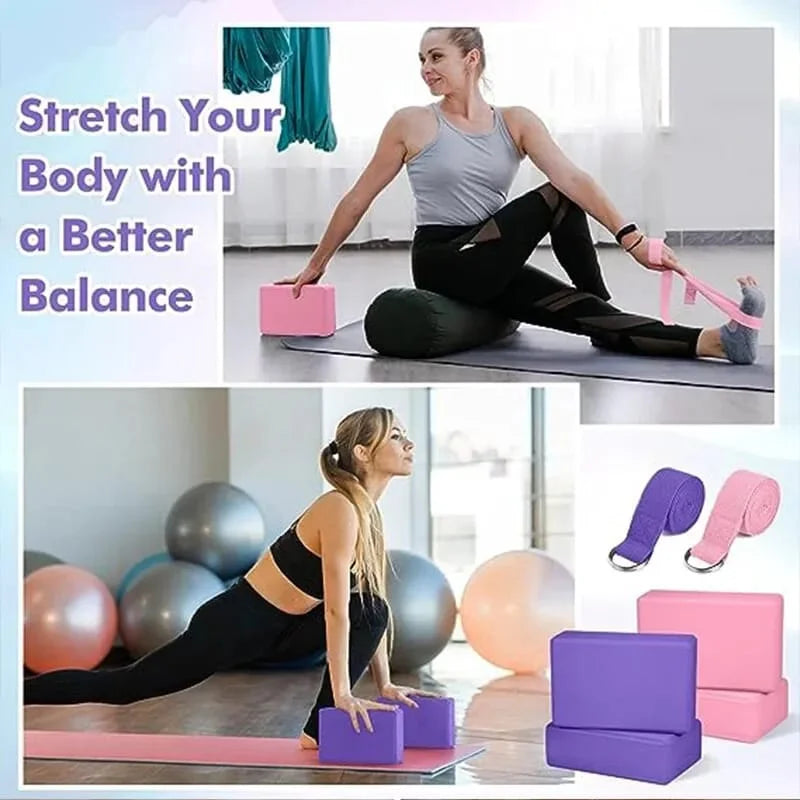Yoga for seniors, offering a gentle and effective way to maintain physical health, improve flexibility, enhance balance, and promote overall well-being. Here are some key considerations and benefits of yoga for seniors:
Benefits of Yoga for Seniors:
-
Improved Flexibility: Yoga poses (asanas) help stretch and lengthen muscles, tendons, and ligaments, improving overall flexibility and joint mobility. This can reduce stiffness, increase range of motion, and enhance ease of movement in daily activities.
-
Enhanced Balance and Stability: Yoga poses that focus on balance, such as tree pose or warrior III, help seniors strengthen core muscles and improve balance and stability. Better balance can reduce the risk of falls and injuries.
-
Strength Building: Gentle yoga poses build strength in muscles and bones without putting excessive strain on joints. Strengthening key muscle groups can support posture, stability, and functional movements.
-
Joint Health: Yoga promotes gentle movement of the joints through a variety of poses, helping to lubricate joints and maintain joint health. This can be particularly beneficial for seniors with arthritis or joint stiffness.
-
Mind-Body Connection: Yoga encourages mindfulness, deep breathing, and relaxation techniques that can reduce stress, promote mental clarity, and improve overall mood. It fosters a greater sense of well-being and emotional resilience.
-
Pain Management: Regular yoga practice can help alleviate chronic pain, such as back pain or arthritis, by improving posture, increasing flexibility, and reducing muscle tension.
-
Bone Health: Weight-bearing yoga poses can help maintain bone density and reduce the risk of osteoporosis. Poses that involve gentle compression and extension of bones, such as standing poses and backbends, can support bone health.
-
Social Connection: Participating in yoga classes provides an opportunity for seniors to connect with others, build friendships, and create a supportive community.
Considerations for Yoga Practice for Seniors:
-
Safety First: Seniors should practice yoga under the guidance of a qualified instructor who understands the specific needs and limitations of older adults. Modifications and props may be used to accommodate individual abilities and ensure safety.
-
Gentle Approach: Focus on gentle and accessible yoga poses that are suitable for seniors, emphasizing proper alignment and mindful movement. Avoid overly strenuous or advanced poses that may pose a risk of injury.
-
Breath Awareness: Encourage seniors to focus on deep, steady breathing (pranayama) throughout the practice to promote relaxation, reduce stress, and enhance oxygenation.
-
Adaptations and Modifications: Modify poses as needed to accommodate physical limitations, injuries, or health conditions. Chair yoga or using props (such as blocks, straps, or chairs) can make yoga more accessible and enjoyable.
-
Regular Practice: Consistency is key to experiencing the benefits of yoga. Encourage seniors to establish a regular yoga routine that suits their schedule and preferences.
Yoga for seniors can be a valuable tool for maintaining health, mobility, and quality of life. With proper guidance and a tailored approach, seniors can safely and effectively enjoy the physical, mental, and emotional benefits of yoga well into their later years.



